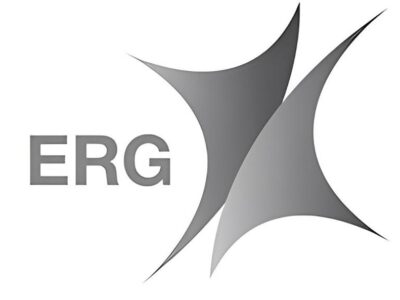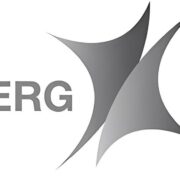The European Commission is currently in the process of developing a new EAC marking system for food products. The goal is to replace the current EAC marking system with one that will be more stringent and better enforced. This article discusses what you need to know about this new mandatory labeling initiative, which includes when it takes effect and how it impacts your business.
The importance of the Russian market for UK companies and the demand is growing and food producers who sell their products in the European Union will be affected by this mandatory labeling system. The new EAC marking initiative is designed to ensure that food safety standards are adhered to throughout all stages of production, including importing and exporting foods within the EU.
For importers and exporters especially those just entering into business with these countries this can seem overwhelming at first glance but there are some simple steps you can take right now to prepare for what’s coming down the line.
The process of ensuring your supplies meet these requirements isn’t as complicated or time-consuming as it may sound at first blush although you do need t make sure they aren’t held up at customs when attempting to cross international borders.
Supply of Products and Services
If the supply of technology (industrial machinery), clothing, cosmetics, and luxury products are affected by the new EAC marking system, it is likely that there will be an increase in demand for them.
The EAC marking for such products is mandatory and failure to meet the EAC requirements is illegal. The key thing to remember here is that if you’re a company importing or exporting any kind of food product into Europe, it’s critical for your business success that you understand what this new marking initiative means for your industry specifically and how it will impact your operations going forward.
Marking Requirements
The new system mandates specific markings on all products intended for sale in countries within the European Union beginning Jan. 11th, 2020. These symbols must be printed in black ink and include an icon with the capital letter “E” inside – meaning these goods are safe enough for consumption in the EU marketplace.













Comments